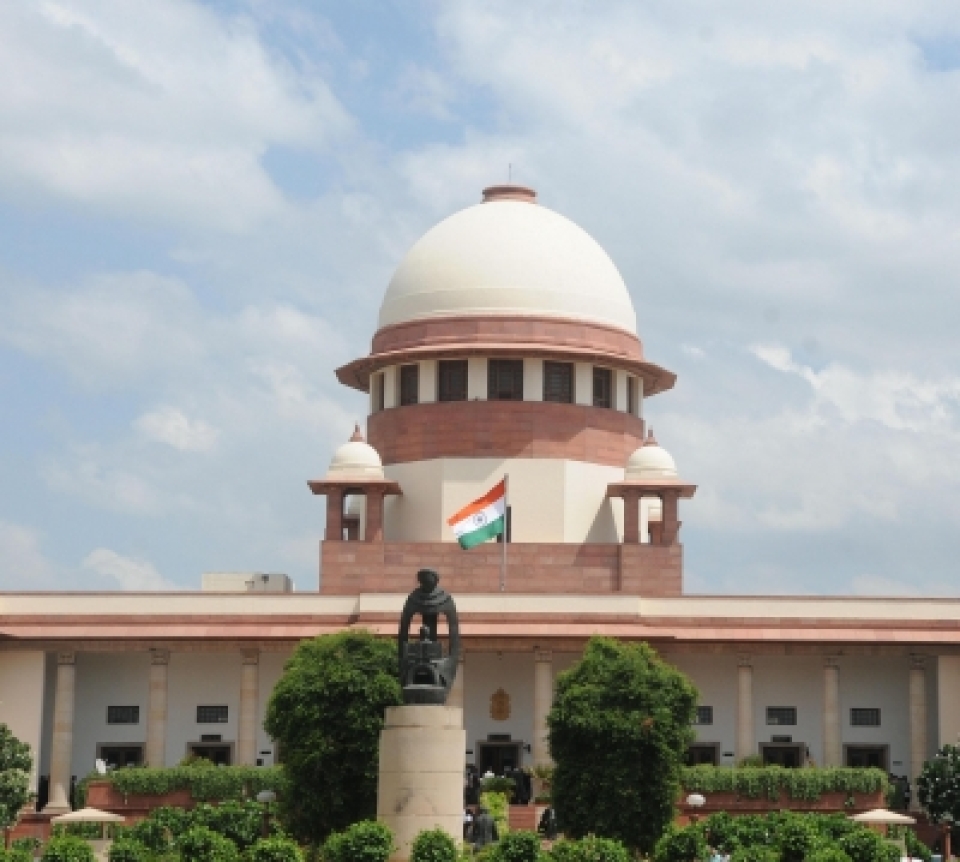The stage is set for yet another unseemly duel between the judiciary and the executive over the appointment of judges in different high courts. For quite some time, a ping pong game is being played by the two constitutional bodies as the government at the Centre is trying to assert its authority over the judiciary and the latter is jealously guarding its independence as guaranteed by the separation of powers enshrined in the Constitution. This time, the confrontation centres around the appointment of 12 candidates, including three judicial officers, to five High Courts the decision about whom the Supreme Court Collegium, headed by the Chief Justice of India NV Ramana, iterated September 3 despite objections from the government. The Collegium’s recommendations for the second time were published on the Supreme Court website as well.
In fact, the Collegium recommended 68 candidates for a total of 12 High Courts last week. Significantly, the CJI at a programme September 4 expressed the hope that the Centre would give its nod to the recommendations as it had done in the recent case of nine judges who took oath simultaneously. This has prompted Justice BR Gavai of the Supreme Court to compare the CJI with ace batsman Sachin Tendulkar on the ground that since he took over as CJI, he has been “like Tendulkar” breaking one record after another. The judge was effusive in placing on record that the appointment of nine judges for the apex court took place August 31 for the first time in the country. Responding to the compliment, the CJI said it could happen because of a “team effort” and named his brother judges in the Collegium for being “active and constructive partners” in this endeavour. As a result, the number of vacancies in the apex court could be reduced to just one.
According to the Memorandum of Procedure, once iterated by the Collegium, the Centre is bound to make the appointment, even though the Centre can just sit on the recommendations indefinitely. This is why the CJI has said he hopes the names will be cleared. He went a few steps ahead and praised the Law Minister, Kirren Rijijju as being very efficient at his work and he would process the names quickly. The appointment of the 12 candidates has already been hanging fire for quite some time.
It could not be a coincidence that one of the candidates against whom the Centre has raised its objection is the son of a retired judge of the Calcutta High Court who, in his verdict, had ruled out conspiracy in the Godhra train fire in which kar sevaks were killed triggering the Gujarat riots during the tenure of Narendra Modi as Chief Minister. Another candidate against whom the Centre has expressed its reservations is the son of a former High Court judge who currently heads the human rights commission of a non-BJP ruled state. Ironically, the Centre promptly cleared a recommendation made in January 2019 for an Additional Solicitor General who became a permanent judge this week. The suspicion that the Centre’s objections stems from political prejudices seems strengthened due to such surmises.
The CJI has also made an observation that is likely to exacerbate the friction between the executive and the judiciary. He has rightly pointed out the “problem” that “everything in this country is shown with a communal angle by a section of the media.” The CJI-led bench was hearing a batch of petitions seeking action against news channels for their coloured coverage of the Tablighi Jamaat meeting at the Nizamuddin Markaz last year. The congregation was castigated by the social media and an impression was sought to be created as if the Centre was handling the COVID-19 pandemic efficiently, but the congregation by the minorities acted like a super-spreader.
The Centre responded with an iron hand putting many of the organisers and delegates from abroad behind the bars till they were later cleared by the courts for having played no role in the spread of the disease.
However, the corrective measure that the CJI-led bench has urged the Centre to take to rein in biased and highly detrimental coverage by the audio-visual media may prove counterproductive. The Centre is likely to use the opportunity to strengthen its case to impose curbs on the independence of the Press. Predictably, Solicitor General Tushar Mehta, who speaks for the Centre, referred, as solution, to the controversial Information Technology (Intermediary Guidelines and Digital Media Ethics Code) Rules, 2021, that have been challenged.
There is no doubt that a section of the electronic media, mostly TV channels that sensationalised the Tablighi Jamaat congregation are known apologists of the Centre. While their propensity to work as government propagandists needs to be checked, it would be wrong to allow the Centre to use it as a pretext to curb constitutionally guaranteed fundamental right to freedom of speech and expression. The Centre’s defence of the new IT Rules that seek to blur the difference between freedom of the Press and the rights of the audience “who believe and act upon misleading news,” is only spurious. In a democracy, the freedom of the Press is inextricably linked with the people’s right to know.
To be fair with the CJI he has at least opened up the possibility of a proper debate on free speech and the government’s attempts to muzzle the freedom.
